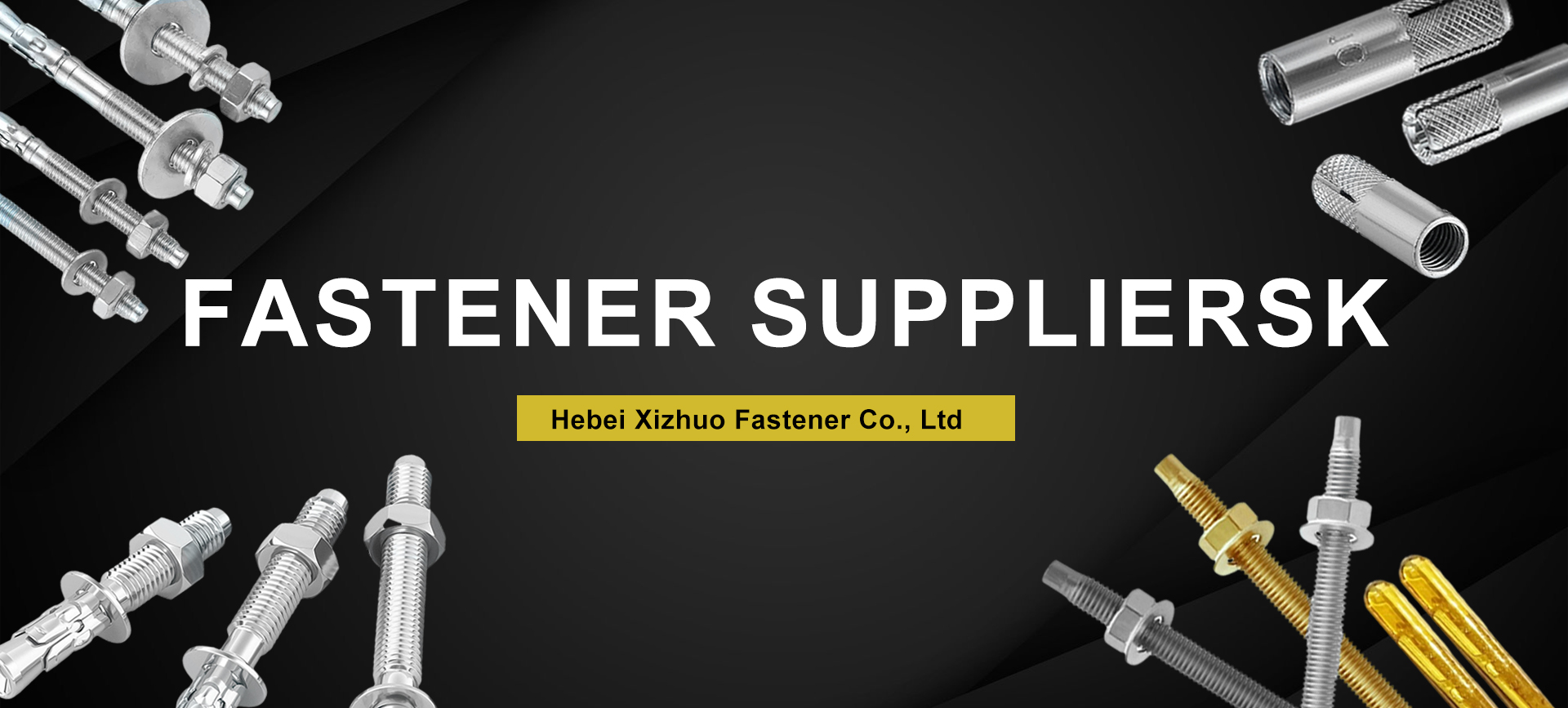self drilling anchor screws
The Benefits and Applications of Self-Drilling Anchor Screws
Self-drilling anchor screws, also known as self-drilling anchors or screw anchors, are an innovative solution in the field of construction and civil engineering. These fasteners are designed to provide exceptional anchorage in a variety of soil conditions without the need for pre-drilling, making them an essential tool for many engineers and builders. In this article, we will explore the advantages, applications, and installation process of self-drilling anchor screws, highlighting their importance in modern construction.
Advantages of Self-Drilling Anchor Screws
One of the primary benefits of self-drilling anchor screws is their efficiency. Traditional anchoring methods often require significant preparation, including drilling pilot holes and waiting for concrete to set. In contrast, self-drilling anchor screws can be installed quickly and easily, saving both time and labor costs. This efficiency is particularly beneficial in projects with tight deadlines or limited budgets.
Another advantage is their versatility. Self-drilling anchor screws can be used in various applications, including retaining walls, soil stabilization, and temporary or permanent anchoring solutions. They perform exceptionally well in different soil types, from soft clay to hard rock, providing a reliable solution for anchoring in challenging environments.
The design of self-drilling anchor screws also contributes to their effectiveness. Manufactured from high-strength materials, they are engineered to withstand considerable loads. Additionally, the threaded design allows for enhanced pull-out resistance, ensuring that the anchor remains securely in place. This durability is crucial for applications where structural integrity is paramount, such as in foundations, slope stabilization, and bridge construction.
Applications in Construction
Self-drilling anchor screws are widely used across various sectors in construction. In earth retention systems, they provide stabilization for retaining walls and excavations, preventing soil movement and potential collapses. They are particularly useful in urban areas where space is limited, as they allow for deep anchoring without requiring extensive excavation.
self drilling anchor screws

Similarly, in civil engineering projects, self-drilling anchor screws play a critical role in stabilizing slopes and preventing landslides
. By anchoring the soil to underlying bedrock, these screws help to maintain the integrity of slopes, ensuring safety for roads, railways, and other infrastructures.In addition to these applications, self-drilling anchor screws are also employed in the installation of utility poles, signs, and other structures that require a stable foundation. Their ability to penetrate hard materials without pre-drilling adds to their appeal for various construction projects.
Installation Process
The installation of self-drilling anchor screws is straightforward. The process begins with positioning the screw at the desired location. A portable drilling rig is often used to apply rotational force as the screw is driven directly into the ground. As the screw penetrates, it simultaneously creates its own hole, eliminating the need for pre-drilling.
Once in place, the anchor screw is often tensioned or grouted to enhance its load-bearing capacity further. Monitoring the installation process is critical to ensure that the screw is aligned correctly and achieving the desired depth.
Conclusion
Self-drilling anchor screws represent a significant advancement in anchoring technology, offering numerous benefits and a wide range of applications in construction and civil engineering. Their efficiency, versatility, and strength make them an indispensable tool for today's engineers and builders. As construction continues to evolve, the role of self-drilling anchor screws will undoubtedly become more prominent in the pursuit of safe, stable, and sustainable infrastructure solutions.
-
Weatherproof Plastic Expansion Anchors for OutdoorNewsJun.06,2025
-
Sustainability in the Supply Chain: Eco-Friendly TEK Screws ProductionNewsJun.06,2025
-
Load-Bearing Capacity of External Insulation FixingsNewsJun.06,2025
-
Double Head Bolts: Enhancing Efficiency in Industrial MachineryNewsJun.06,2025
-
Corrosion Resistance in Chipboard Screws: Coatings for Wholesale DurabilityNewsJun.06,2025
-
Butterfly Toggle Bolts : Enhancing Structural ResilienceNewsJun.06,2025
